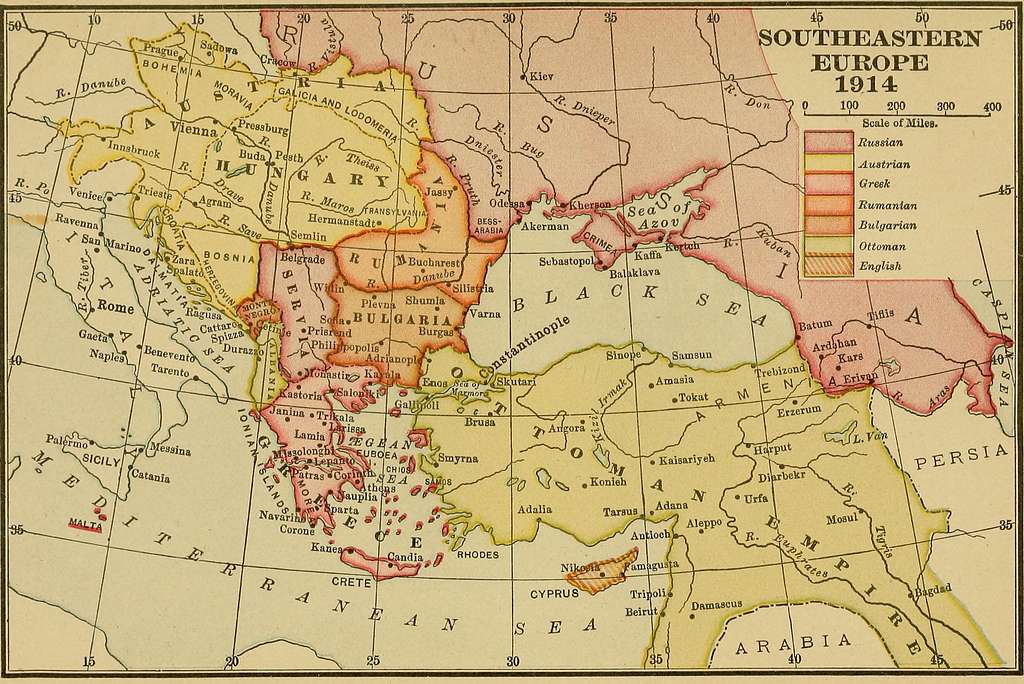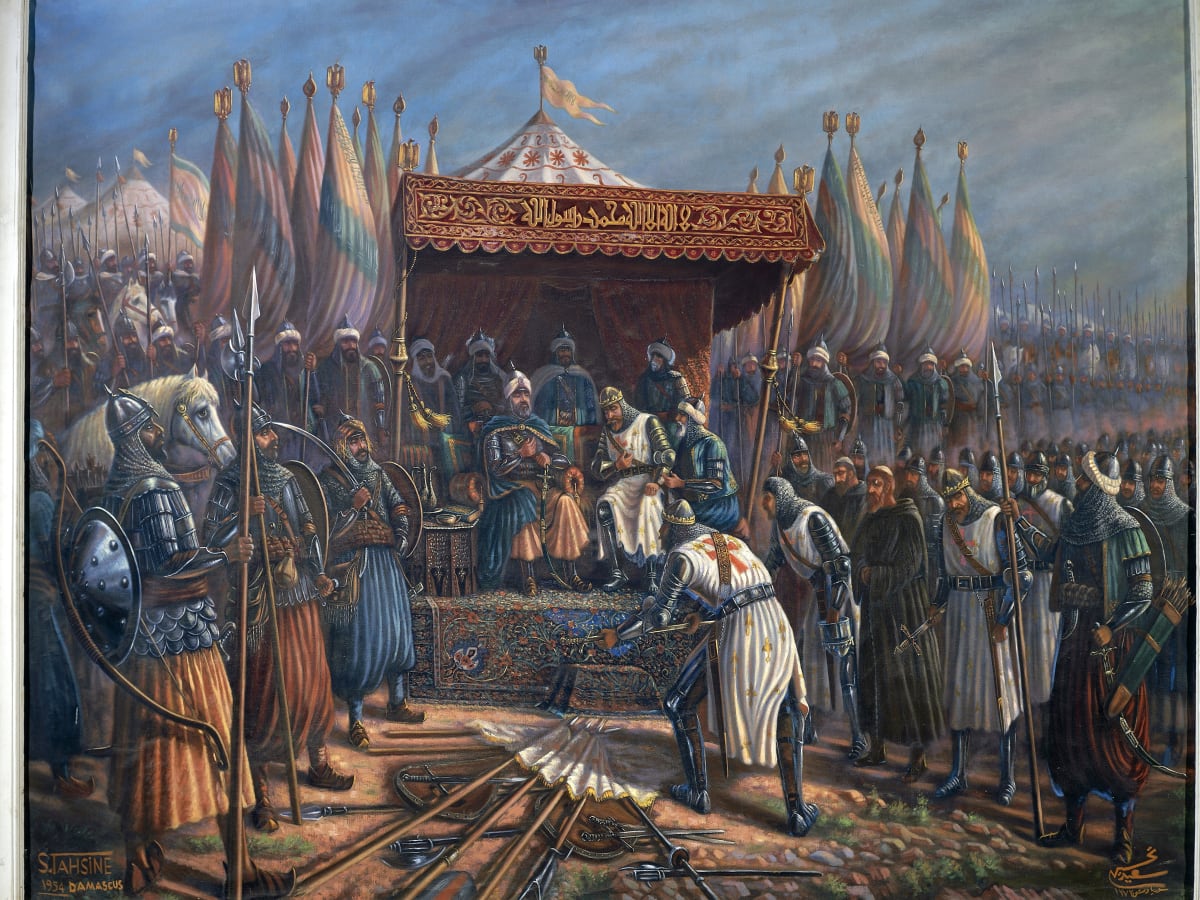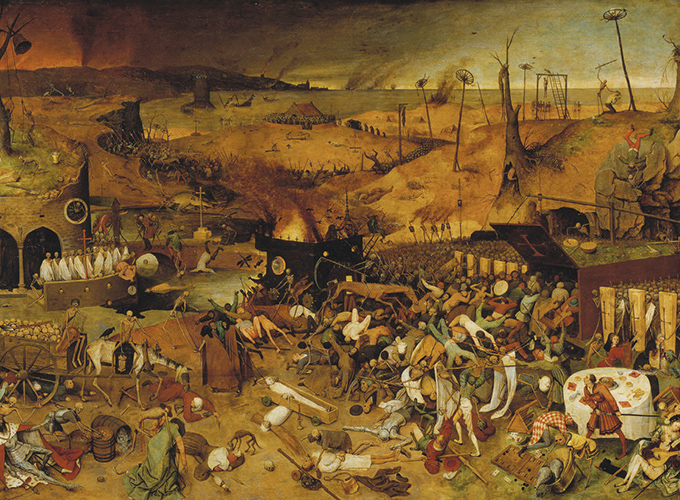The History of Europe: From Antiquity to the Present
The History of Europe: From Antiquity to the Present
The History of Europe: From Antiquity to the Present
Europe, a continent rich in history, culture, and diversity, has been at the forefront of human development for millennia. From the ancient civilizations of Greece and Rome to the global conflicts of the 20th century and the creation of the European Union, the continent has witnessed dramatic transformations. This blog will explore Europe’s history, covering its major historical epochs: prehistory, ancient civilizations, the medieval period, the Renaissance and Enlightenment, the modern era, and the contemporary period.
Part I: Prehistoric and Ancient Europe
Prehistoric Europe (c. 45,000 BCE - 800 BCE)
Europe’s history begins long before recorded history, with human habitation dating back to the Paleolithic era (Old Stone Age). Early humans, such as the Neanderthals, roamed the continent before the arrival of Homo sapiens around 40,000 years ago. Evidence of prehistoric cultures, such as the famous cave paintings of Lascaux in France, provides insights into early human life. The Neolithic Revolution (around 6000 BCE) saw the rise of agriculture, which transformed human society, leading to permanent settlements and early forms of governance.
The Bronze Age (c. 3200 BCE - 600 BCE) introduced metalworking to Europe, fostering trade and the rise of proto-civilizations. The spread of Indo-European languages, possibly through migrations from the Eurasian steppes, played a key role in shaping early European culture and linguistic diversity.
Ancient Greece (c. 800 BCE - 146 BCE)
Ancient Greece is often considered the cradle of Western civilization. Beginning around the 8th century BCE, Greek city-states (such as Athens, Sparta, and Corinth) developed a sophisticated culture characterized by democracy, philosophy, art, and science. Athens, under leaders like Pericles, became a center for intellectual life, home to philosophers like Socrates, Plato, and Aristotle.
The Greek city-states were also known for their military prowess, particularly during the Greco-Persian Wars (499-449 BCE), where they successfully repelled the Persian Empire. The subsequent rise of Alexander the Great (356-323 BCE) expanded Greek influence across the Mediterranean and into Asia, establishing Hellenistic culture.
The Roman Republic and Empire (509 BCE - 476 CE)
While Greece shaped European intellectual life, Rome was the great empire-builder. The Roman Republic, founded in 509 BCE, evolved into a vast empire that controlled much of Europe, North Africa, and the Near East by the 1st century CE. Rome's military conquests, engineering feats (like roads, aqueducts, and cities), and legal systems left a profound and lasting impact on European culture.
The transition from the Roman Republic to the Roman Empire began with Julius Caesar and culminated in the reign of Augustus (27 BCE - 14 CE), marking the start of the Pax Romana, a period of relative peace and prosperity across the empire. Christianity, emerging in the Roman province of Judea, spread throughout the empire despite early persecution. By the 4th century, under Emperor Constantine, Christianity became the official religion of the empire.
The Roman Empire eventually declined due to internal strife, economic difficulties, and external invasions. The fall of the Western Roman Empire in 476 CE marked the beginning of the Middle Ages.
Part II: The Middle Ages (476 CE - 1492 CE)
The Early Middle Ages (476 CE - 1000 CE)
The fall of Rome led to the fragmentation of Europe into a patchwork of smaller kingdoms. This period, often referred to as the “Dark Ages,” saw the rise of new political entities, including the Byzantine Empire (the continuation of the Eastern Roman Empire) and various Germanic kingdoms in the west. Notably, the Franks, under the leadership of Charlemagne, created the Carolingian Empire in the 8th century, which laid the groundwork for modern France and Germany.
Feudalism became the dominant political and social system, characterized by a hierarchy of lords, vassals, and serfs. The Christian Church also played a central role in medieval life, not only as a religious institution but as a political and cultural power. Monasteries preserved much of the knowledge of antiquity during this time.
The High Middle Ages (1000 CE - 1300 CE)
By the 11th century, Europe began to experience a revival, with agricultural advances, population growth, and the rise of towns and trade. The Crusades (1096-1291) were a series of religious wars initiated by the Catholic Church to reclaim the Holy Land from Muslim control, but they also had broader political and economic effects, including increased contact between Europe and the Middle East.
The development of strong centralized monarchies in countries like England and France, alongside the growth of representative institutions like England's Parliament, helped shape the modern state system. The 12th and 13th centuries also witnessed the flowering of medieval culture, with the construction of Gothic cathedrals and the intellectual advances of the Scholastics, such as Thomas Aquinas.
The Late Middle Ages (1300 CE - 1492 CE)
The 14th century brought both challenges and transformation. The Black Death (1347-1351), one of the deadliest pandemics in history, wiped out a third of Europe's population, leading to social and economic upheaval. However, it also weakened the feudal system, as labor shortages empowered peasants and helped accelerate the decline of serfdom.
The Hundred Years’ War (1337-1453) between England and France devastated large parts of Western Europe but also led to the rise of national identities. The late Middle Ages also saw the beginnings of the Renaissance in Italy, a cultural and intellectual movement that emphasized a return to classical learning and a focus on human potential.
Part III: The Renaissance and Early Modern Europe (1492 CE - 1789 CE)
The Renaissance (14th - 17th Century)
The Renaissance, meaning "rebirth," was a period of renewed interest in the arts, sciences, and the classical past. Beginning in the city-states of Italy, such as Florence and Venice, figures like Leonardo da Vinci, Michelangelo, and Raphael revolutionized art and architecture, while scholars like Erasmus and Machiavelli influenced political thought.
The invention of the printing press by Johannes Gutenberg around 1440 had a profound effect on European society. It facilitated the spread of new ideas, including the works of Renaissance thinkers and the Bible, leading to greater literacy and the questioning of established authorities, including the Church.
The Reformation (1517 CE - 1648 CE)
Religious turmoil erupted in the 16th century with the Protestant Reformation, initiated by Martin Luther's Ninety-Five Theses in 1517. Luther's critiques of the Catholic Church, particularly its sale of indulgences, resonated across Europe, leading to the establishment of Protestant churches in many regions. This fractured the religious unity of Europe, with significant consequences for politics, culture, and society.
The Catholic Church responded with its own Counter-Reformation, a period of internal reform and the establishment of new religious orders like the Jesuits. Religious conflicts, including the French Wars of Religion and the Thirty Years' War (1618-1648), devastated parts of Europe and led to the eventual recognition of religious pluralism in the Peace of Westphalia (1648).
The Age of Exploration and Colonization (15th - 17th Century)
The late 15th century marked the beginning of European exploration and overseas expansion. Spain and Portugal, followed by other European powers, established colonies in the Americas, Africa, and Asia. This era of exploration, driven by the search for new trade routes and resources, brought immense wealth to Europe but also led to the exploitation and destruction of indigenous populations.
The transatlantic slave trade, which developed as part of the global economy, had profound consequences, particularly for Africa. European powers established empires that would shape global history for centuries.
The Enlightenment and Scientific Revolution (17th - 18th Century)
The Scientific Revolution, which began in the 16th century with figures like Copernicus, Galileo, and Newton, fundamentally changed the way Europeans understood the natural world. These advances in science and mathematics laid the groundwork for the Enlightenment, an intellectual movement that championed reason, individual rights, and the idea of progress.
Philosophers such as Voltaire, Rousseau, and Locke challenged traditional authority, advocating for liberty, equality, and democracy. Their ideas influenced political revolutions across the world, most notably the American Revolution (1776) and the French Revolution (1789).
Part IV: Modern Europe (1789 CE - 1945 CE)
The French Revolution and Napoleonic Era (1789 CE - 1815 CE)
The French Revolution, beginning in 1789, was a watershed moment in European history. Sparked by social inequality, economic hardship, and Enlightenment ideals, it led to the overthrow of the monarchy, the rise of radical political factions, and the establishment of the French Republic. The Revolution also inspired revolutionary movements across Europe and the world.
Napoleon Bonaparte emerged as a dominant figure during this period, eventually declaring himself Emperor of the French. His military conquests spread revolutionary ideas throughout Europe but also led to widespread conflict, culminating in his defeat at the Battle of Waterloo in 1815.
The Industrial Revolution and Social Change (18th - 19th Century)
The Industrial Revolution, which began in Britain in the late 18th century, transformed European society. New technologies, such as the steam engine, textile machinery, and railroads, revolutionized production and transportation. Urbanization, the growth of factories, and the rise of a working class led to significant social and economic changes.
The Industrial Revolution also gave rise to new political ideologies. Socialism, championed by thinkers like Karl Marx, called for the abolition of capitalism and the establishment of a classless society. At the same time, the rise of nationalism, particularly in the wake of the 1848 revolutions, led to the unification of Germany and Italy and the reconfiguration of European states.
The World Wars and Their Aftermath (1914 CE - 1945 CE)
The early 20th century was marked by two devastating world wars. World War I (1914-1918), triggered by the assassination of Archduke Franz Ferdinand, saw unprecedented destruction and the collapse of empires, including the Austro-Hungarian, Ottoman, German, and Russian empires. The Treaty of Versailles (1919) reshaped the map of Europe but sowed the seeds for future conflict.
World War II (1939-1945), precipitated by the rise of fascist regimes in Germany, Italy, and Japan, was even more destructive. The war resulted in the Holocaust, the genocide of six million Jews and millions of others by the Nazi regime. The conflict ended with the defeat of the Axis powers, the emergence of the United States and the Soviet Union as superpowers, and the beginning of the Cold War.
Part V: Contemporary Europe (1945 CE - Present)
The Cold War Era (1945 CE - 1991 CE)
After World War II, Europe was divided into two blocs: the Western capitalist democracies, led by the United States, and the Eastern communist states, dominated by the Soviet Union. The Iron Curtain symbolized this division, with Germany itself split into West Germany (Federal Republic of Germany) and East Germany (German Democratic Republic).
The Cold War saw several crises, including the Berlin Blockade (1948-1949), the Hungarian Revolution (1956), and the Prague Spring (1968). However, the formation of the European Economic Community (EEC) in 1957, a precursor to the European Union (EU), marked the beginning of economic and political integration in Western Europe.
The Fall of Communism and European Integration (1991 CE - Present)
The collapse of the Soviet Union in 1991 brought an end to the Cold War and led to the reunification of Germany in 1990. Former communist states in Eastern Europe transitioned to democracy and market economies, and many joined the European Union (EU) and NATO in the following decades.
The EU has since expanded its membership and increased its political and economic integration. The creation of the euro in 1999 as a common currency and the Schengen Area, which allows for passport-free travel, are key milestones in this process. However, the EU has faced challenges, including the eurozone debt crisis and the United Kingdom's decision to leave the EU in 2016 (Brexit).
Challenges and the Future of Europe
In the 21st century, Europe faces significant challenges, including economic inequality, migration, and the rise of populist movements. The Russian invasion of Ukraine in 2022 has also reignited concerns about security in Europe, particularly in relation to NATO and the EU's response to external threats.
Nevertheless, Europe remains a global center for culture, innovation, and diplomacy. The EU continues to play a leading role in global efforts to address issues like climate change, human rights, and trade. As Europe navigates its future, its history of resilience and adaptation will likely guide its response to the challenges of the modern world.

















Comments